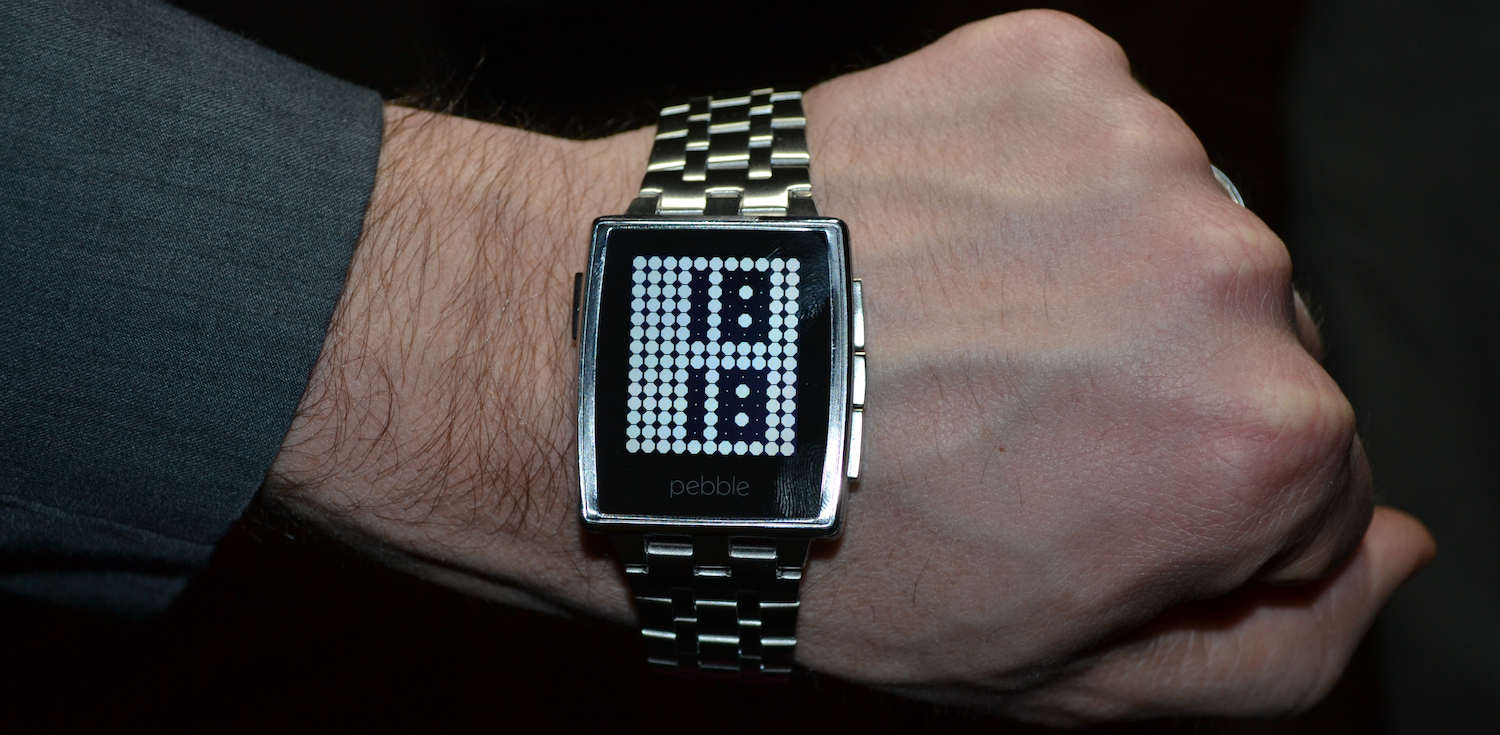tl;dr A wide number of trends in UX, software, hardware, and market forces drive hardware 2.0 innovation
One of the reasons I am most excited about making the transition from operating to the world of venture capital is the infinite learning curve. Not only are there new industries, people and business models to dive into. The ground changes out from underneath you. Technology is cumulative and changing at an ever-increasing pace or as Jean-Baptiste Queru refers to it as a “dizzying but invisible depth”. Up until now, I’ve had essentially no experience with technology hardware. Last week, I was lucky to be able to start to dive in and attend a fascinating conference on the future of hardware. The premise of the conference was hardware 2.0. Connected devices are fundamentally changing the hardware landscape and I want to share a few reasons I think it is happening now.
Successes
Like with software previously, hardware technology startups seem to be hitting an inflection point. The last generation of success big companies demonstrate business models and train entrepreneurs how to design, distribute and manufacture hardware at scale. Companies like GoPro, Fitbit, DropCam and Sonos1 have become comps for startups to strive toward. As Tom Tunguz presciently predicted, the start up hardware M&A market is vibrant. With Google buying eight robotics companies and Nest Labs for $3.2 billion, the liquidity seems achievable.
Demand
The rise of crowdfunding platforms and the expansion of the early adopter demographic, allows for tremendous mitigation of risk. Now hardware entrepreneurs like Pebble, Ouya, Tile, and Coin1 can assess consumer demand without having the capital expense of building an initial production round. This demand is on increasing scale, Pebble raised $10M, Ouya $8.5M, Tile currently at $2.5M and Coin reaching its $50K goal in less than 40 minutes. This risk mitigation is spurring further venture capital investment with many of these early hardware 2.0 companies raising $15M+ Series A rounds.
Scale
Last year, smartphone production first reached 1 billion units. This enormous scale is a powerful enabler and is driving smartphone component costs down. Specifically, sensors like accelerometers, and cellphone based component CPU and GPUs. Previously, when cellphones first hit mass market adoption, cellular and other RF chips cost curves dramatically improved. Now with the advanced technology being manufactured at scale, across multiple CM sources, companies can create wearables with GPS, cameras, accelerometers that track fitness and performance.
Technology
One of the biggest drivers for connected hardware 2.0 is the mass adoption of smartphones. The smartphone is an enabling technology allowing connected devices to pass data and expose APIs. Connected devices represent a network whose value is increased with each node. 1 billion new smartphones that are already connected devices are the critical mass. Additionally, Arduino, Electric Imp1, Spark and other technologies represent a dramatically easier way to create cloud-connected hardware.
Takeaway
All told, just as connected device represent an intersection of UX, software, hardware, and market forces, a wide number of trends seem to be driving to hardware 2.0 innovation. Hardware is hot again and I’m looking forward to learning more.

